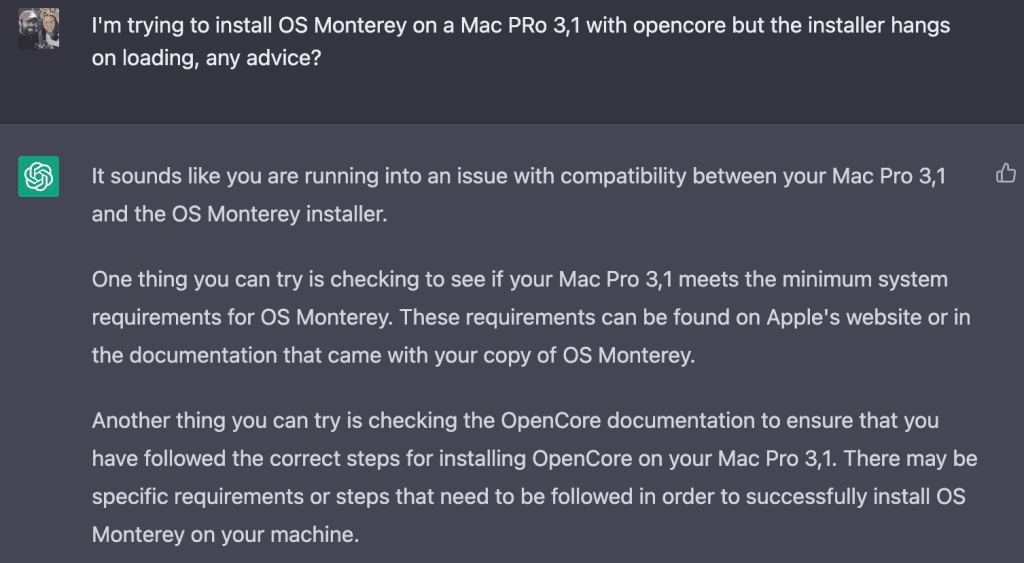Artificial intelligence has been making significant strides in recent years, with the development of machine learning and natural language processing (NLP) techniques. One of the most notable achievements in this field is the creation of ChatGPT – a large language model that has revolutionized the way we communicate with machines.
ChatGPT is an NLP model developed by OpenAI, a research organization focused on advancing artificial intelligence in a safe and beneficial manner. The model is based on the GPT architecture, which stands for “Generative Pretrained Transformer.” This architecture uses a combination of deep neural networks and pretraining to generate text that is often indistinguishable from human writing.
ChatGPT was first introduced to the world in 2018 with the release of GPT-2, a language model that was trained on a massive dataset of over 8 million web pages. This model was so advanced that OpenAI initially decided not to release the full version, fearing that it could be used for malicious purposes such as automated fake news generation.
 ChatGPT, with its older information set, is still a useful tool!
ChatGPT, with its older information set, is still a useful tool!
Despite the controversy surrounding GPT-2, OpenAI continued to develop the model, eventually releasing the full version to researchers and developers. ChatGPT, a more advanced version of GPT-2, was released in 2020 and has since been used in a wide range of applications, from chatbots to language translation services.
ChatGPT is not only capable of generating human-like text but can also understand natural language queries and respond appropriately. It can hold a conversation with a user, answer questions, provide recommendations, and even generate creative writing. The model has been trained on a massive dataset of human language, enabling it to understand and replicate the nuances of human communication.
One of the most impressive features of ChatGPT is its ability to adapt to different domains and topics. The model can be fine-tuned on specific datasets, allowing it to generate text that is more specific and relevant to a particular topic. This makes it a powerful tool for businesses and organizations looking to automate customer service and support.

In conclusion, ChatGPT is a significant breakthrough in the field of artificial intelligence, revolutionizing the way we communicate with machines. It has come a long way since its initial release in 2018 and has continued to evolve and improve, thanks to the ongoing efforts of researchers and developers at OpenAI. With its ability to understand natural language and generate human-like responses, ChatGPT is set to play a crucial role in the future of human-machine interaction.
By the way, in case you haven’t guessed it already, this article was written by ChatGPT itself – a testament to the remarkable capabilities of this groundbreaking language model. Keep your eyes peeled for Microsoft’s integration with Bing for live web crawling and an even larger feature set than those already available!
Post Views: 261